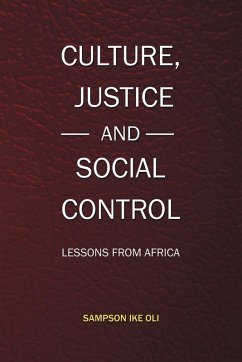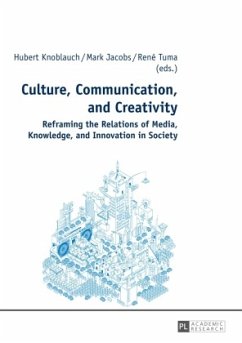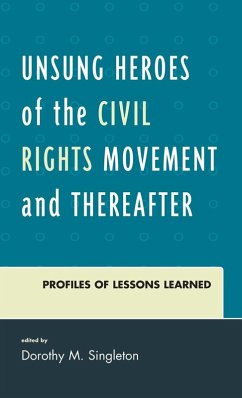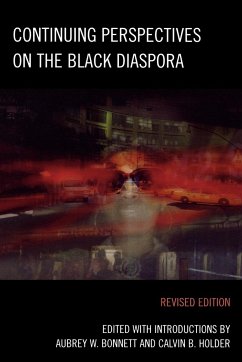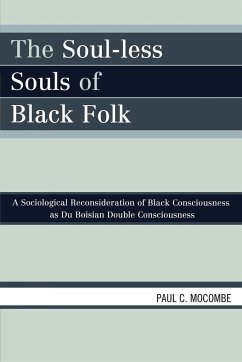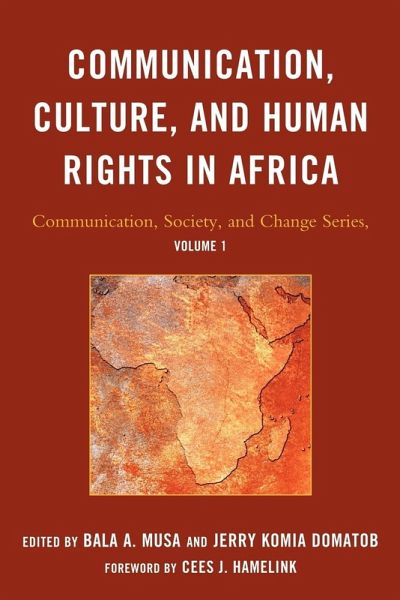
Communication, Culture, and Human Rights in Africa
Versandkostenfrei!
Versandfertig in 1-2 Wochen
61,99 €
inkl. MwSt.
Weitere Ausgaben:

PAYBACK Punkte
31 °P sammeln!
Communication, Culture, and Human Rights in Africa provides a comprehensive and interdisciplinary analysis of the interface between human rights and civil society, the media, gender, education, religion, health communication, and political processes, weaving theory, history, policy, and case analyses into a holistic intellectual and cultural critique while offering practical solutions.




